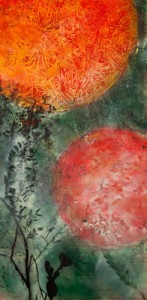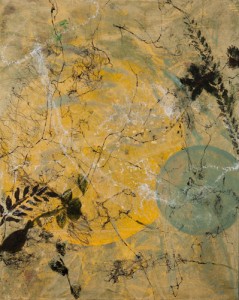Today I have interviewed photographer Joel Conison, a professional photographer to get some tips on photographing your arts.
Briefly describe how you began photographing artwork.
When I was a commercial photographer, I photographed everything from jets to jello – essentially whatever the assignment required. I began photographing art when a gallery called and wanted me to photograph some of the work of Claes Oldenburg for a book they were publishing about him and his work. Mainly I photographed the sculptures, but there were also a few 2d pieces.
What is the difference between photographing 2d and 3d work?
The difference between photographing 3d and 2d work is dimension. When working with 3d work, you have to be able to show the dimension, and that means shadow or uneven light. That is, one side of the sculpture has a little less light or is in a shadow in order to illustrate volume. With 2d work, an even light is required across the whole surface. 3d also takes up more space in order for it to be photographed.
What are the common mistakes artists make when photographing their artwork?
The most common mistakes artists make when photographing their arwork is they don’t know how to photograph it! 2d work needs to have even light, but that’s easier said than done. Some try to shoot work in the sun. That’s too bright causing reflections. Even light can only be found in shadows, but then the work is blue (cyan actually) because the sky’s color is reflected into the shadow. If shooting with film, it is a nightmare, but using digitial you have to know how to color balance and use a possible slight color correction with Photoshop. Ah… photoshop…you have to learn that also. If you shoot inside you will need lights, stands and a sturdy tripod as well as a camera that is better than a point and shoot.
Describe the type of photograph you need to make to get a good print of your work.
In order to have a good digital print made you will need a high resolution file (300 ppi). To do that, you need a DSLR so you can capture in RAW. A RAW capture means you have to know photoshop/lightroom in order to edit it. Do artist’s have the time to learn that program just to have files of their work? The way I make files for artists is to give them two files of each work. One is a low rez (72 ppi) file for email and a high rez for prints or reproduction (300 ppi). A bad image or slide will make your work look bad and thus unprofessional.
Thank you Joel. I have to say in my case, I’d rather get my work photographed by someone dependable! And – speaking from experience, I remember having images photographed that had a blue (cyan as you say) tinge.
If you live in the Atlanta area, Joel is available for photographing any type of artwork. And, I know from experience, the color will be right on – not to mention the quick turnaround!


